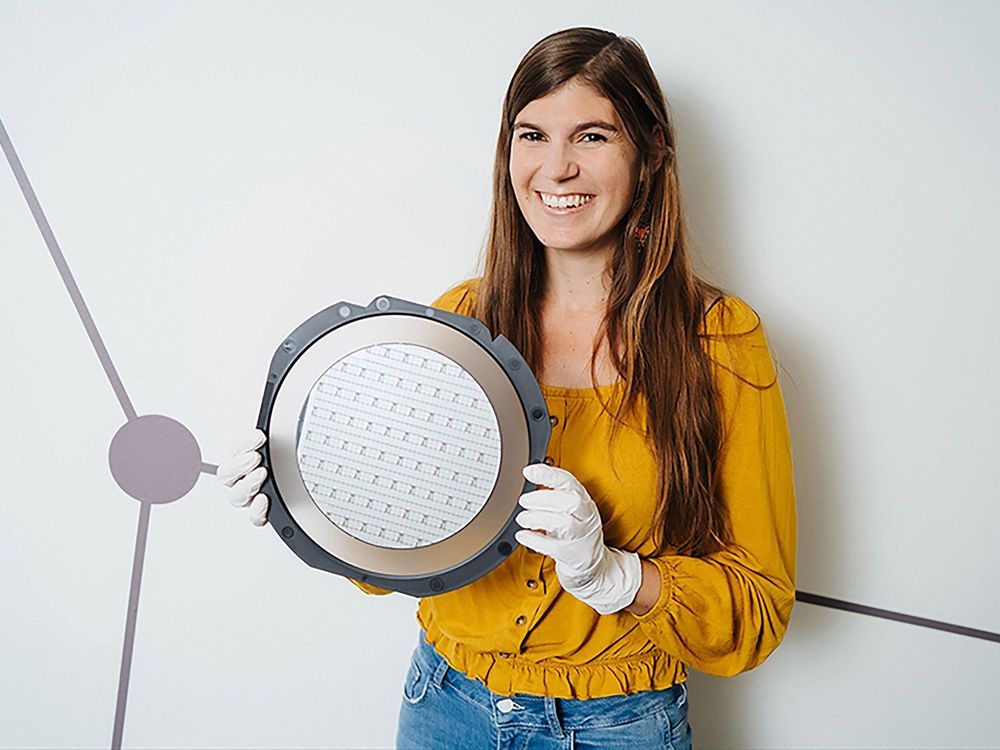Washington (AFP) — Amazon, Microsoft and Intel are among leading tech companies putting the world at risk through killer robot development, according to a report that surveyed major players from the sector about their stance on lethal autonomous weapons.
Dutch NGO Pax ranked 50 companies by three criteria: whether they were developing technology that could be relevant to deadly AI, whether they were working on related military projects, and if they had committed to abstaining from contributing in the future.
“Why are companies like Microsoft and Amazon not denying that they’re currently developing these highly controversial weapons, which could decide to kill people without direct human involvement?” said Frank Slijper, lead author of the report published this week.







